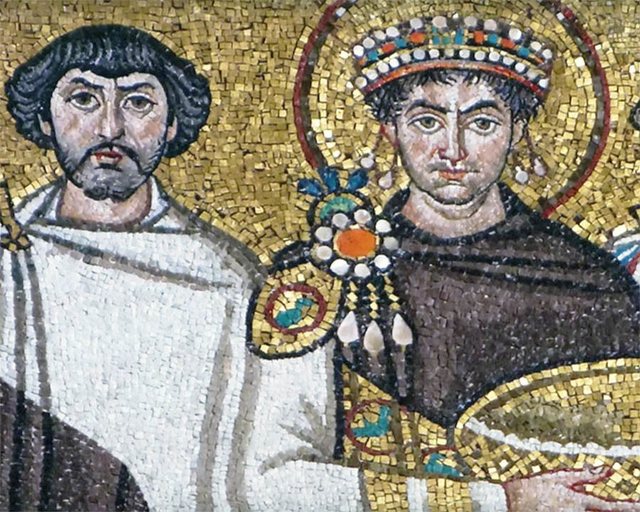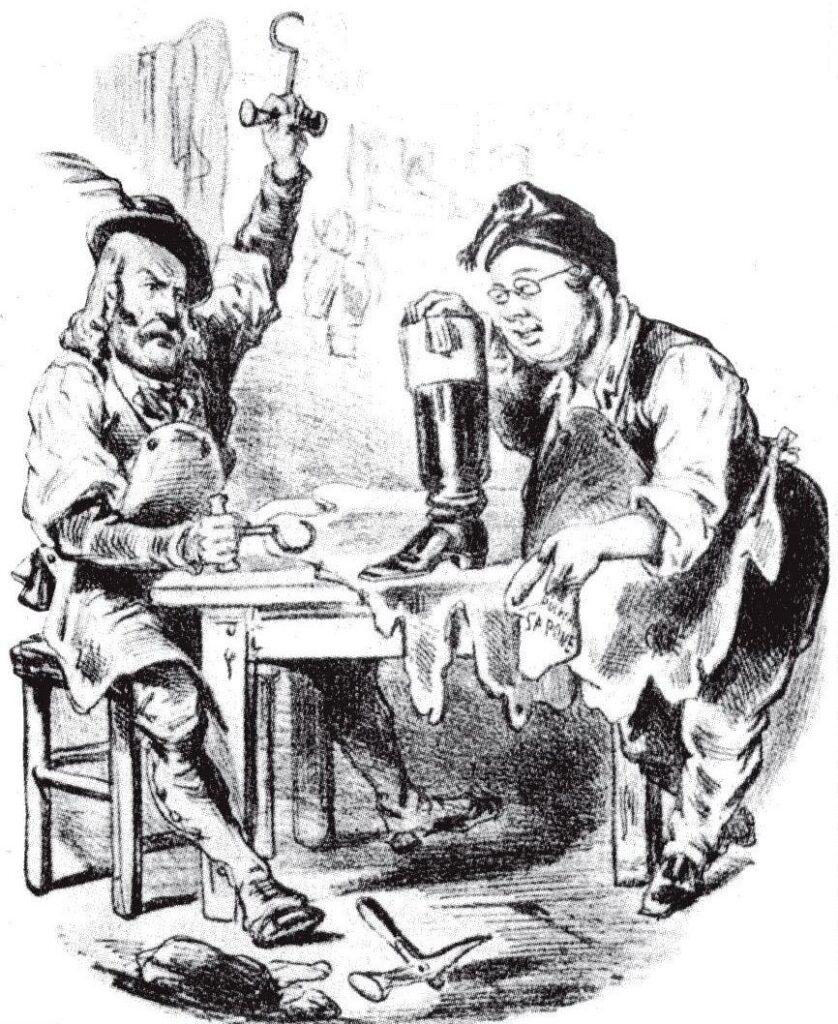History is a blur to most people, but 3,000 years of Italian history is near impossible to believe.
Our Institute Almanac notes that Sicily was reconquered by the Romans on December 31st, AD 535. Barbarians had been running wild over the “western” Roman Empire for over one hundred years. That included Italy, France, Britannia, Spain, and North Africa. But from the year AD 330 the “eastern” Roman Empire with its capital at Constantinople held on. The Roman emperor Justinian was still Latin-speaking (not Greek) and saw an opportunity to reconquer his western domains.

All that we hold dear—a unified Italy, Western Civilization, and Roman Catholicism—were on the firing line during the period AD 400 to 1,000. These things were products of the Italic people who over the generations managed to defeat cultures that practiced human sacrifice (Carthage), exulted the afterlife (Egypt), and suppressed humanism with religious intolerance (Judea).
With the barbarian invasions of the West came the destruction or neglect of Roman infrastructure—aqueducts, libraries, public buildings, baths, sewers, bridges, and roads. The tribes of Goths, Vandals, and Huns were fortunately small in number and were eventually vulnerable to fighting among themselves and assimilating with the civilized population. Emperor Justinian struck at the right moment when he sent generals like Belisarius to reconquer Sicily, North Africa, parts of Spain, and southern Italy.
Invariably, it was a see-saw campaign that never fully ousted the barbarians. But Constantinople’s secret weapons were Christianity and the Pope. Barbarians were converted and even those who weren’t saw the Pope in Rome as God’s representative as well as the popular authority. Still, the glorious Italy that was a civil engineering marvel and ruler of a vast empire fell into poverty, depopulation, and ruin.

Roman Italy back together
By AD 800, new barbarians arrived, the Longobards. They too were assimilated, bringing blond hair and blue eyes to many Italians. Their preferred region is still called Lombardy. In Sicily, Muslims arrived in the AD 900s but were later driven out by the French-speaking Normans.
No matter who invaded or sojourned among the Italic people, they were seduced by the Latin culture and wonders of Roman civilization. The Latin-speaking emperors in Constantinople and the Pope in Rome made sure that neither the Greek Orthodox patriarchs nor foreign implants usurped the dominant Italic religion or culture. Of course, there exist today pockets of Italian communities with non-Italic religious and cultural traditions, but these are scattered mostly in the Italy’s south and Sicily.
The greater evidence of two thousand years of Italy’s empire, invasion, occupation, and assimilation is in the Italian gene pool. Few other ethnic groups can boast the extraordinary array of skills and talents of Italian people over generations—from sports to science, from engineering to the arts, from industry to cuisine—all evidence of an extensive genetic melting pot that was able to dominate commerce during the Middle Ages, ignite the Renaissance, and produce visionaries that primed the Age of Exploration.
Despite the repeated torment Italy has suffered over the millennia and the myriad peoples who have crossed its borders there remained from the days of the Caesars a spirit and unity (however much buried or denied) that allowed men like Garibaldi, Mazzini, and Cavour to resurrect a nation first unified in 222 B.C. within the space of only ten years (1861 – 1871).
It indicates a people made of sterner stuff. -JLM




Still , it’s a miracle that Italy was unified, given the hold the Pope, and the Papal States had on Central Italy, and of course the intrigues of the French and Austrians….all part of the global politics of the time….the French licking their wounds after the Franco Prussian War, and loss of Alsace and Lorraine, saw a chance to horse trade no intervention in Italy with the Kingdom of Savoy having to cede Nizza, Garibaldi’s birth place to France. Interesting too in terms of religious plots both Garibaldi and I think Cavour were masons…..and in San Francisco and the gold country of California, Italian Masonic lodges laundered money to the cause of unification via the various Italian Mason lodge network..(if I had the spare time, of which I do not, I would love to do more research on that subject. I do recall Masonic ads in the older Italian newspapers in SF, but I think that’s all part of history today, along with the Italian language papers in SF….Still, the issue of freedom of religion, or from religion, is with us even today, in the USA with the rise of Christian nationalism….that was defeated in order for Italy to unify.
Not to mention we gave the world the art of music starting with Gregorian Chant, the musical staff from the monk Guido D’Arezzo, the musical printing press from Venice, the piano, violin, and many others. From opera’s inventor Monteverdi to Verdi and beyond Italy defined and refined musical drama. Our composers and instrumentalists are too numerous to cite. In the 20th Century the popular music of Italy and Italian Americans is unrivaled. From the Alps to Sicily the same heart an soul is perceptible in the sound.